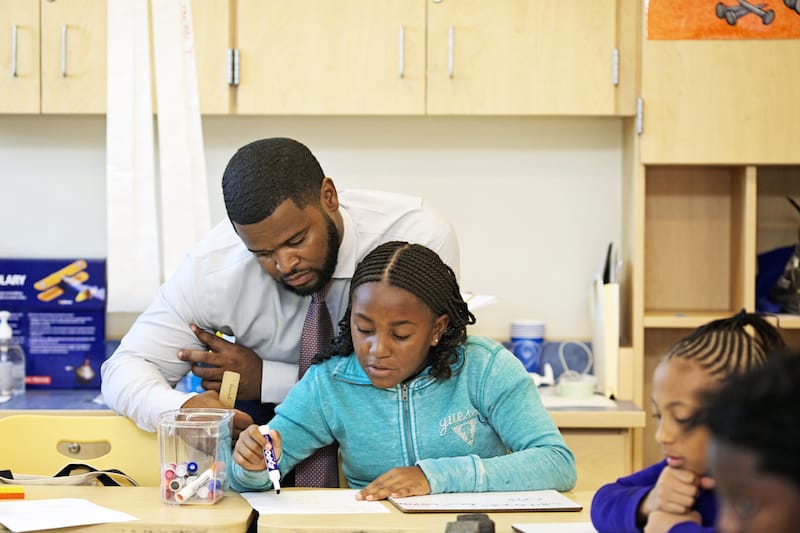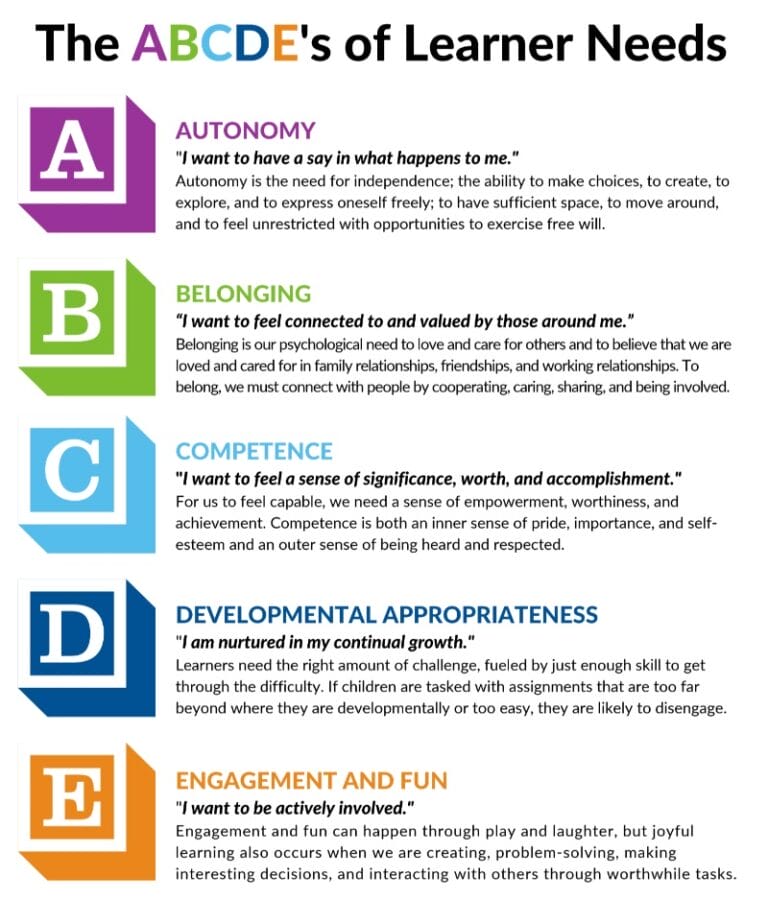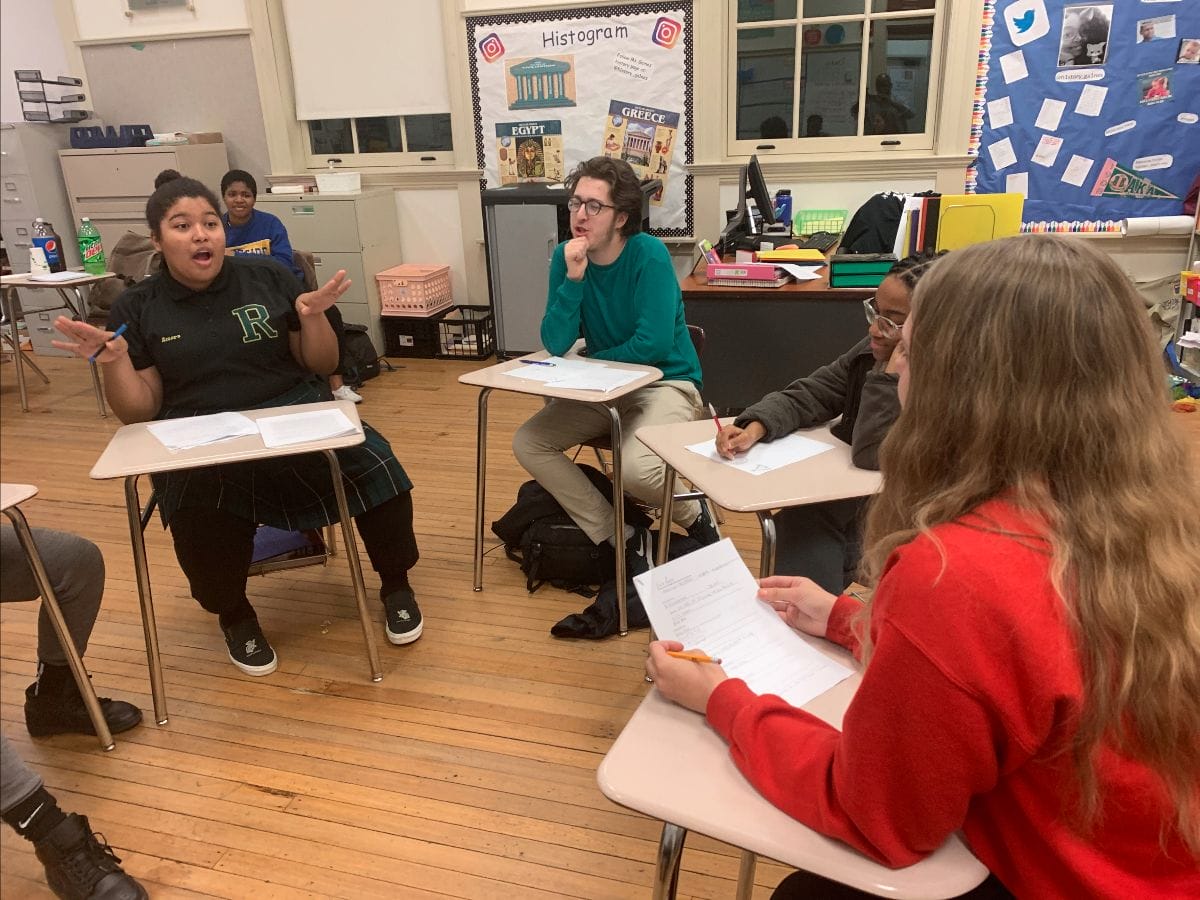February 27, 2023
By Aleta Margolis, Founder and President of Center for Inspired Teaching
Hooray for Monday is a weekly blog filled with questions, ideas, reflections, and actions we can all take to remodel the school experience for students.
You can now listen to Hooray for Monday on Spotify! Check out our podcast here.
The CDC recently released the Youth Risk Behavior Survey Data Summary and Trends Report, offering a close look at the mental health crisis affecting our country’s young people. According to the report “The percentage of students across every racial and ethnic group who felt persistently sad or hopeless increased.” Teachers see this reality in our everyday interactions with young people.
As caring teachers, we expect ourselves to be able to help our students. But even the most experienced and engaged teachers can feel overwhelmed, even helpless when we don’t have answers for the teens in our lives who are struggling. So what do we do? I’ve written before that action is the antidote to worry, and the CDC report offers another statistic provides a good place to start.
It states, “school connectedness, defined in this report as feeling close to people at school, has a long-lasting, protective impact for adolescents well into adulthood on almost all the behaviors and experiences included in this report.” Of those surveyed for the study, “61% of high school students felt close to people at school.” That means 39% did not.

Research consistently shows close connections both within and outside of school are key to our happiness as humans. And the sense of belonging that comes from those connections is central in the ABCDE of Learner Needs, a tool Inspired Teaching has created for teachers to reframe challenging behaviors in the context of unmet needs.

How might we change the school experience so meeting those needs, and fostering stronger connections sits at the heart of our efforts? Here are a few ideas:
-
Make homework assignments more fun and collaborative. Assign study-buddies to work through math problems, create writing assignments that require interviewing others and offering feedback on each others’ work. Engage students in the work of designing a more connected homework approach.
-
Make working with peers a regular feature of every class. Letting students choose their groups for school projects supports their need for autonomy; but sometimes letting the students choose means some classmates are left out, therefore undermining those students’ need for belonging. Pose this challenge to the class, and enlist their help in forming groups that offer choice and support the classroom community.
-
Ground logical consequences in shared expectations. You start the school year with a set of expectations. How are students involved in the creation of those expectations? How are those expectations upheld by the community? Hold periodic classroom discussions about expectations, and invite students to work with you on strategies for holding each other accountable.
In each of these ideas, students are invited to be part of both the design and the execution. That simple act is a meaningful step toward supporting young people’s well-being. When teachers make a point of doing things with children and teens, instead of doing things to them, we show them we value their ideas and input and see them as partners in decision-making. That’s at the heart of feeling close to the people we’re learning with and from, and to meeting one another’s needs.

In their report, the CDC’s first action step for improving adolescent health and well-being is to “increase school connectedness across all grades and for all youth.” In particular, this recommendation focuses on “youth who are from racial and ethnic minority groups, who experience racism, and who identify as LGBTQ+* [who] often feel less connected at school.” This is a sound and logical first step. If we deepen our relationships with our students and let learner needs inform every approach we take to strengthening connections, we’ll improve the school experience and well-being of the children in our care, and ourselves as well.
What We’re Curious About
 Self Care
Self Care
Brady Maiden, Outreach coordinator
One thing that strikes my curiosity is self-care. Is self-care just a marketing tool? Are we as people conditioned to learn how to take care of ourselves in certain patterns that are socially acceptable? I ponder these questions because I tend to see so many of my friends and family wrapped up in this notion that self-care has to look a certain way, something that can be purchased, or consists of a heavy routine that often leads to exhaustion. On the flip side, if we don’t participate in self care it leads to negativity, lack of accomplishment, and a reminder that we failed at something.
How do we stray away from these thoughts? What were people doing for their health before it was a trending topic?
Teacher Resources

This activity takes time to curate but then you have it up for the rest of the year. It can be a great tool for sharing feelings and illustrating to the class that other people have felt the way you feel that a word was created to name it.
Warming Up with Mutual Respect
This series of warm-up activities activates the mind and body but it also offers the opportunity for students to connect and feel seen and heard right as class begins.
8 Closing Activities to Build Classroom Community
Every minute of class is an opportunity to build community but with some intention, those last minutes of class can be a great time to deepen relationships.
Articles to Share with Parents
Parents are worried about this mental news too. It can help to share resources to help parents understand what to look for and how to help. Here are a few recent articles to share:
- Teens Are Struggling Right Now. What Can Parents Do? By Melinda Wenner Moyer Feb. 20, 2023 The New York Times
- American Teens Are Unwell Because American Society Is Unwell By Kate Woodsome February 15, 2023 The Washington Post
- How to Help Teen Girls’ Mental Health Struggles – 6 Research-Based Strategies for Parents, Teachers, and Friends By Elizabeth Englander and Meghan K. McCoy February 23, 2023 The Conversation


 Self Care
Self Care